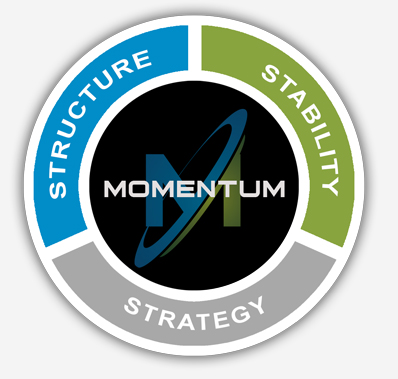Enterprise level Wi-Fi system using UniFi®
There is no question that Wi-Fi has become an important element in running your business. The positive side to Wi-Fi becoming such a commodity is that the market is competitive when it comes to offering up new networking solutions. As your MSP, we’re familiar with your bandwidth usage, office layout, and budget. Whether you are a one room office, a warehouse or a multilevel facility (e.g. church, school) we can design and implement an enterprise-level Wi-Fi system using UniFi® access points. Imagine having a Wi-Fi network that can easily accommodate hundreds of devices and integrates with your current equipment to deliver secure and consistent coverage no matter where you are on the property.
Most of the time when people hear “enterprise solution” they equate it at a high cost. With UniFi® access points you can have cutting edge technology at a reasonable price (UAP AC Pro has an MSRP $149). The average rating for these products is 4.4/5 stars; you’re getting a high-quality product for a fraction of the cost of other access points and you’re not skimping on any of the features. UniFi® access points give you a dense coverage and fast connection, possibly up to five times faster since you have an option to use the AC band.
| Band Name | Speed | Indoor Range | Frequency | Released |
| Wireless AC | 1 Gbps | 115 Feet | 5 GHz | 2013 |
| Wireless N | 300 Mbps | 230 Feet | 2.4 GHz, 5 GHz | 2009 |
| Wireless G | 54 Mbps | 125 Feet | 2.4 GHz | 2003 |
If you’re still using the G band because you’re avoiding the cost of upgrading, consider all the productivity you could gain at a price point that is hard to beat. We have found that within our own client base we are able to facilitate clients being able to keep up with connecting to the latest devices and also create a completely secure, scalable Wi-Fi network for both employees and guests. Whether you need to cover hundreds of people on a guest network or 5 employees, we have you covered.
So what is an access point and why should I use one?
An access point is a device that connects to a wired router, switch or hub via Ethernet cable. Once connected the access point is able to project a Wi-Fi signal. This is especially helpful since you can install the access points in areas where a router is not in range.
Couldn’t I just use a range extender if I have a deadspot?
Yes, but range extenders are not always efficient in business applications. Range extenders can typically only support a maximum of 20 connections. Access points can typically handle around 60 (connections vary by model). The access points also allow for seamless connections so the user won’t even notice a connection difference as they move around the workspace.
Are access points secure?
Absolutely, access points have built in features that allow you to limit guest activity on your network. In addition to making guest connections to the internet only, we can also control how much bandwidth they use. The UniFi® guest portals can also be customized so the guest login page has your company logo and welcome message. Not only is your data secure and protected by offering a separate guest network; the overall appearance to your clients and guests is polished and professional.
If you’re looking to possibly upgrade or having any questions about our service, please reach out to us today.












